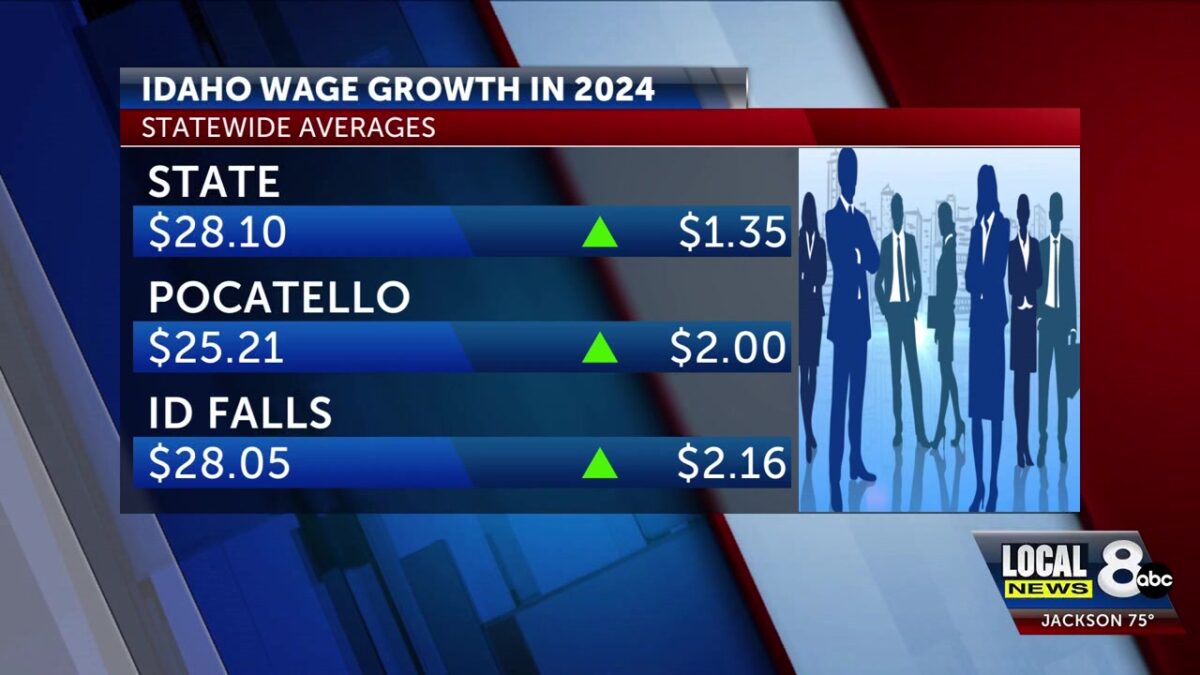Idaho’s average hourly wage increases 5.1% in 2024

Curtis Jackson
The following is a news release from the Idaho Department of Labor.
BOISE, Idaho (News Release) – Idaho’s average wage for all occupations in 2024 was $28.10 per hour, according to recently released data from the Bureau of Labor Statistics’ Occupational Employment and Wages Statistics (OEWS) program. This amounts to an increase of 5.1%, or $1.35 per hour, from 2023.
The median wage, representing the midpoint between lowest and highest earners, also rose from $21.27 per hour in 2023 to $22.34 per hour in 2024 — a 5% increase over the year.
Six out of seven Metropolitan Statistical Areas (MSAs) in Idaho had average and median wage increases in 2024. The Pocatello MSA experienced the largest increase with both average and median hourly wage growing by over $2 per hour.
Among the state’s labor market regions, southwestern Idaho had the highest average hourly wage for 2024 at $29.40. It also had the highest median wage at $22.88 per hour — with Lewiston right behind at $22.76 per hour. All labor market regions surpassed $21 per hour in median and average wages in 2024.
Employment has also grown across the state. In 2024, Idaho’s reported employment number was 844,910 — an increase of over 22,000, or 2.7%, from 2023’s total of 822,690. Both the Boise and Idaho Falls MSAs exceeded the state’s growth rate at 3.8% and 3.6%, respectively. Boise, the largest MSA, added 14,090 jobs while Idaho Falls added 2,820 jobs.
Five out of six labor market regions saw employment growth in 2024. The exception was north central Idaho — the smallest labor market region — which saw a slight decline of 0.2%, or 70 jobs, over the year.
This release includes 2024 data on employment and wages by occupation for the state, including MSAs and rural county regions. Idaho also compiles and releases information on labor market regions which are not official Bureau of Labor Statistics areas but have great importance to Idaho.
Visit the department’s OEWS webpage for complete employment and wage data on the state as well as its MSAs, nonmetropolitan areas and labor market regions.